Laurel Schmidt - Seven Times Smarter: 50 Activities, Games, and Projects to Develop the Seven Intelligences of Your Child
Here you can read online Laurel Schmidt - Seven Times Smarter: 50 Activities, Games, and Projects to Develop the Seven Intelligences of Your Child full text of the book (entire story) in english for free. Download pdf and epub, get meaning, cover and reviews about this ebook. year: 2001, publisher: Harmony, genre: Home and family. Description of the work, (preface) as well as reviews are available. Best literature library LitArk.com created for fans of good reading and offers a wide selection of genres:
Romance novel
Science fiction
Adventure
Detective
Science
History
Home and family
Prose
Art
Politics
Computer
Non-fiction
Religion
Business
Children
Humor
Choose a favorite category and find really read worthwhile books. Enjoy immersion in the world of imagination, feel the emotions of the characters or learn something new for yourself, make an fascinating discovery.

- Book:Seven Times Smarter: 50 Activities, Games, and Projects to Develop the Seven Intelligences of Your Child
- Author:
- Publisher:Harmony
- Genre:
- Year:2001
- Rating:4 / 5
- Favourites:Add to favourites
- Your mark:
Seven Times Smarter: 50 Activities, Games, and Projects to Develop the Seven Intelligences of Your Child: summary, description and annotation
We offer to read an annotation, description, summary or preface (depends on what the author of the book "Seven Times Smarter: 50 Activities, Games, and Projects to Develop the Seven Intelligences of Your Child" wrote himself). If you haven't found the necessary information about the book — write in the comments, we will try to find it.
Theres evidence of so much more than reading, writing, and rithmetic in every child -- at least seven distinct intelligences, according to the theory of multiple intelligences, developed by Harvards Dr. Howard Gardner. In Seven Times Smarter, veteran educator Laurel Schmidt offers a parent-friendly explanation of this theory and of the ways that kids are -- simply put -- word smart, picture smart, music smart, body smart, logic smart, people smart, and self-smart. These intelligences arent fixed at birth. They can be nurtured and strengthened, meaning that in the right environment, kids get smarter.
Seven Times Smarter, an invaluable resource for parents, teachers, and caregivers, provides the perfect way to create this environment. Unlike other craft or activity books that just fill time and keep kids busy, Seven Times Smarter prompts kids aged six to fourteen to work their brains and cultivate new skills using recycled or low-cost materials found in every home -- and enjoy it! It offers an exploration of what it means to be smart, checklists to recognize the seven intelligences in your child, book lists to develop and celebrate all the ways your child is smart, and fifty creative, constructive activities that are good for kids playing alone or in a group, supervised or independently, including:
* Memory Tours -- If a memory book is too straightforward for your artistic child, try an un-book, a memory box, or a calendar.
* Hanging Gardens -- Indoors or out, even the smallest garden plot can yield a bumper crop of mathematical, linguistic, scientific, and kinesthetic skills.
* The Boredom Brigade -- Boredom is a springboard for imagination; imaginary structures, identities, occupations, and friends are just some of the ways kids develop their inter- and intra-personal intelligences.
* Junk Yard Genius -- Theres an education in junk; in fact, its easy to turn your broken radio, alarm clock, fan, blow-dryer, or scale into a project that could fascinate kids for days.
Laurel Schmidt: author's other books
Who wrote Seven Times Smarter: 50 Activities, Games, and Projects to Develop the Seven Intelligences of Your Child? Find out the surname, the name of the author of the book and a list of all author's works by series.

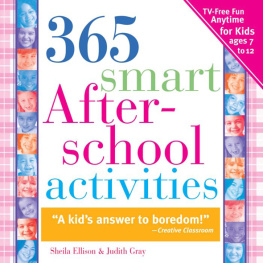

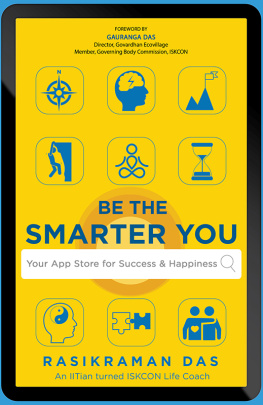

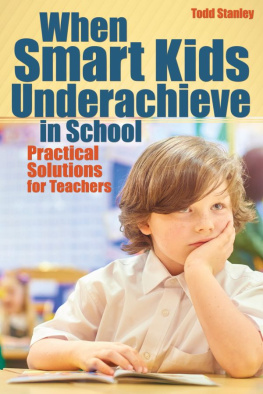
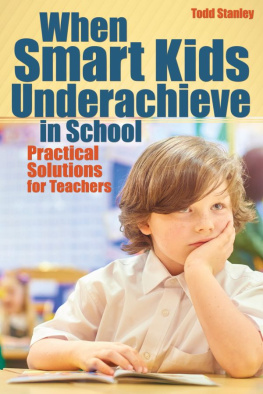
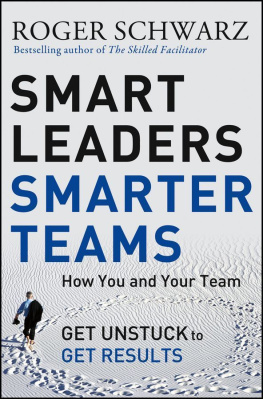
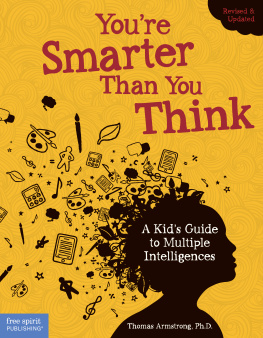
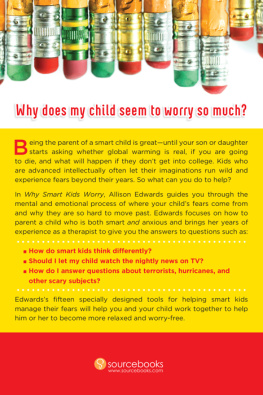
 Repeat lyrics, poems, jokes, and stories word for word
Repeat lyrics, poems, jokes, and stories word for word